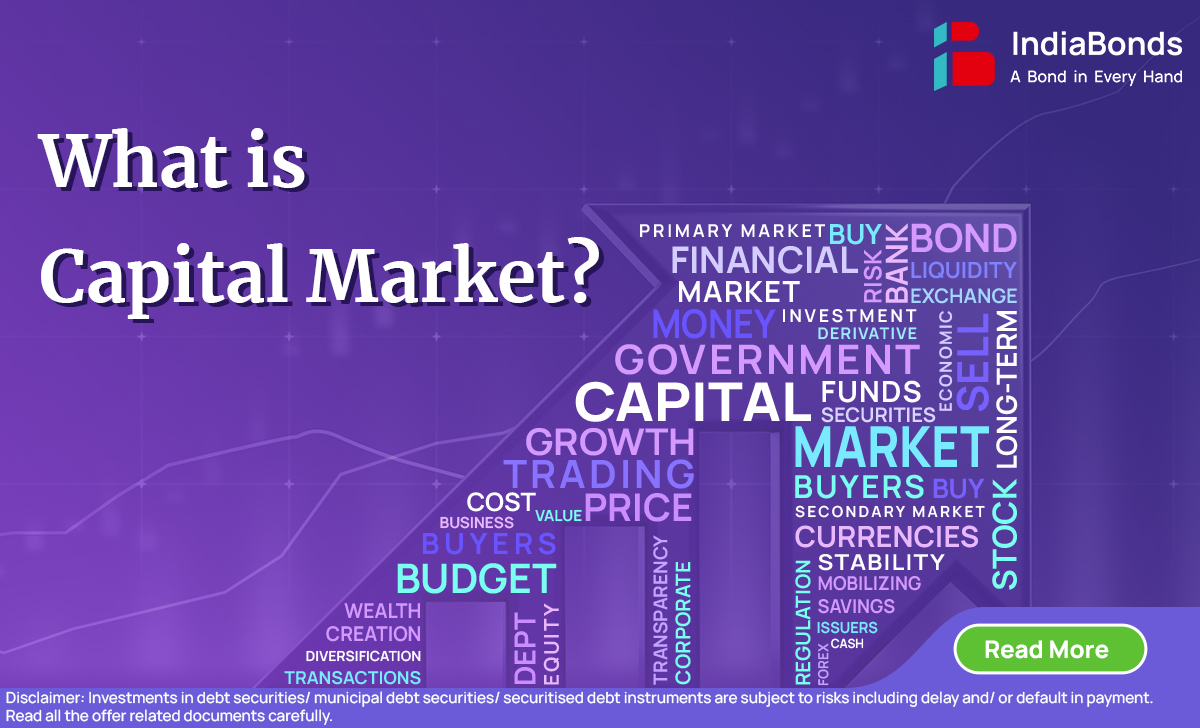Understanding Capital Markets: Your Guide to How They Power the Economy

Capital markets are the backbone of economic growth, acting as bridges between those who need funds and those looking to invest. Whether you’re a business expanding operations, a government funding infrastructure projects, or an individual planning for retirement, these markets keep money flowing where it’s needed most. Let’s break down how they operate, their different forms, and why they matter to everyday investors.
What Exactly Are Capital Markets?
Imagine a bustling marketplace—but instead of vegetables or clothes, people trade stocks, bonds, and complex financial contracts. That’s essentially what capital markets are. They’re platforms where companies and governments raise long-term funds (unlike short-term “money markets”) by selling securities to investors. For instance, when a startup goes public via an IPO or a city issues bonds to build a new subway, they’re tapping into capital markets. This system isn’t just about moving money—it fuels innovation, job creation, and global economic progress.
How Do Capital Markets Function?
Picture two main stages:
The Primary Market:
This is where the magic begins. Companies debut new securities here, much like a book launch. Ever heard of IPOs? That’s a company selling shares to the public for the first time. Governments also use this space to issue bonds. The funds raised go directly to the issuer.
The Secondary Market:
Think of this as the “resale” zone. Once securities like stocks or bonds are out in the wild, investors trade them here. Platforms like the Bombay Stock Exchange (BSE) or National Stock Exchange (NSE) in India keep this market lively. Regulators like SEBI step in to ensure fairness, transparency, and that no one’s playing by their own rules.




The Four Pillars of Capital Market:
Equity Markets:
Buying a stock? You’re now a part-owner in a company, betting on its growth. Over time, shares might rise in value, and some companies even share profits via dividends.
Debt Markets:
Bonds are the stars here. Governments and corporations borrow money by issuing these IOUs, promising to pay back with interest. It’s like lending cash to a friend, but with legal paperwork.
Derivatives Market:
These are contracts tied to assets like stocks or oil. While they’re often used to hedge risks (e.g., a farmer locking in crop prices), they can be complex—so tread carefully.
Forex Markets:
Where currencies are traded. If you’ve ever exchanged dollars for euros, you’ve dipped a toe here. It’s vital for global trade and investment.
Each pillar supports the economy in unique ways, offering options for every risk appetite.
What Makes Capital Markets Tick?
Behind the scenes, several players and tools keep the wheels turning:
- Instruments: Stocks, bonds, futures—all the “products” traded.
- People & Institutions: From retail investors to big banks and mutual funds.
- Watchdogs: SEBI in India, the SEC in the U.S.—they enforce rules to protect your interests.
- Platforms: Exchanges like the NSE or digital trading apps that let you trade from your couch.
- Liquidity Heroes: Market makers ensure you can always buy or sell without drastic price swings.
Without this ecosystem, raising funds or investing would be chaotic and costly.
Why Should You Care?
Capital markets aren’t just for Wall Street pros. Here’s how they impact you:
- Turn Savings into Growth: Your bank deposits or mutual fund investments might fuel a tech startup’s breakthrough.
- Create Wealth: Stocks historically outpace inflation, helping build retirement nest eggs.
- Liquidity = Freedom: Unlike selling a house, dumping a stock takes seconds.
- Fair Pricing: Ever wonder why Apple’s stock is worth $X? Millions of trades set that price daily.
- Cost Efficiency: Imagine trying to loan money to a company without a stock exchange—it’d be a paperwork nightmare!
Wait—Aren’t All Financial Markets the Same?
Nope! Financial markets are the umbrella term. Under it, you’ve got:
- Money Markets: Short-term loans (think Treasury bills).
- Forex & Commodities: Trading currencies, oil, or gold.
- Capital Markets: Strictly long-term—stocks and bonds with maturities over a year.
How Do Companies Actually Raise Cash?
Businesses have options:
- Go Public: Sell shares via an IPO (like Meta or Tesla did).
- Borrow: Issue corporate bonds—similar to taking a loan but from many investors.
- Private Deals: Pitch to venture capitalists or private equity firms (common for startups).
- Hybrid Routes: “Private placements” where institutions buy chunks of debt or equity.
The choice depends on the company’s stage, goals, and how much control they’re willing to share.
Wrapping It Up
From powering multinational corporations to helping individuals grow wealth, capital markets are woven into the fabric of global finance. Yes, they come with risks—market crashes, company bankruptcies—but understanding how they work empowers you to make informed choices. Whether you’re eyeing stocks for growth or bonds for steady income, these markets offer tools to turn financial goals into reality.
FAQs
Q: What is a capital market example?
A: Absolutely! The New York Stock Exchange (NYSE) is a classic example. In India, the NSE and BSE are where millions trade shares daily.
Q: How do capital markets help investors?
A: By investing in stocks, bonds, or mutual funds, your money can grow through dividends, interest, or selling assets at higher prices.
Q: What are the risks of investing in the capital market?
A: Markets can swing wildly due to crises, politics, or company scandals. Diversification—not putting all eggs in one basket—is key to managing this.
Disclaimer : Investments in debt securities/ municipal debt securities/ securitised debt instruments are subject to risks including delay and/ or default in payment. Read all the offer related documents carefully













































